Find Help
More Items From Ergsy search
-
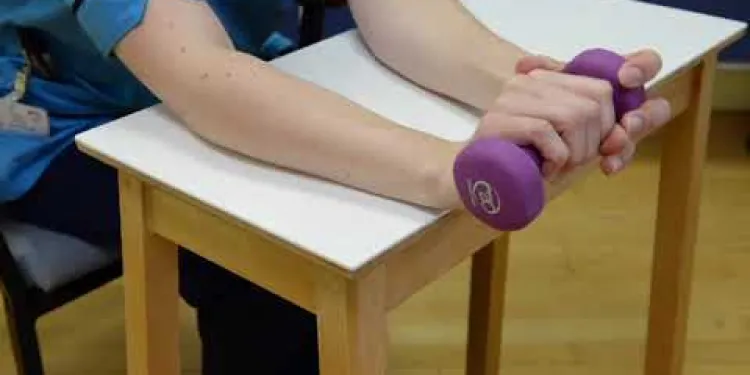
Elbow Eccentric Strengthening Exercise
Relevance: 100%
-
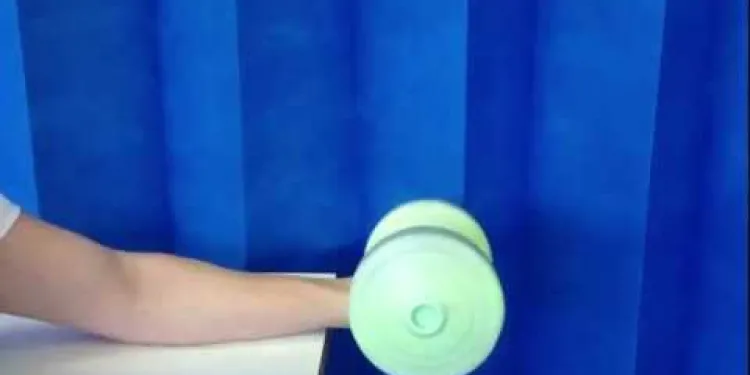
Eccentric loading forearm extensors (for tennis elbow)
Relevance: 66%
-
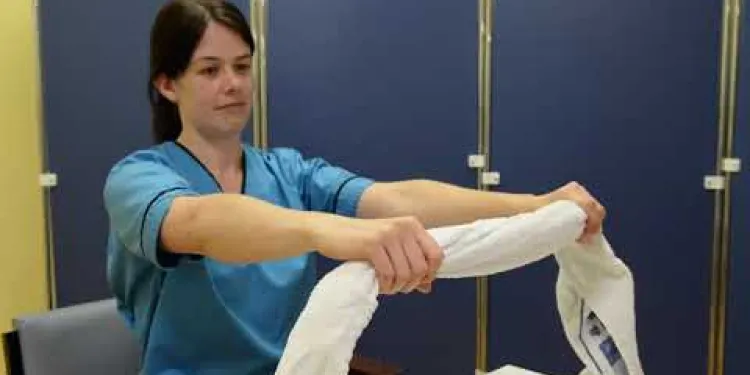
Elbow
Relevance: 41%
-
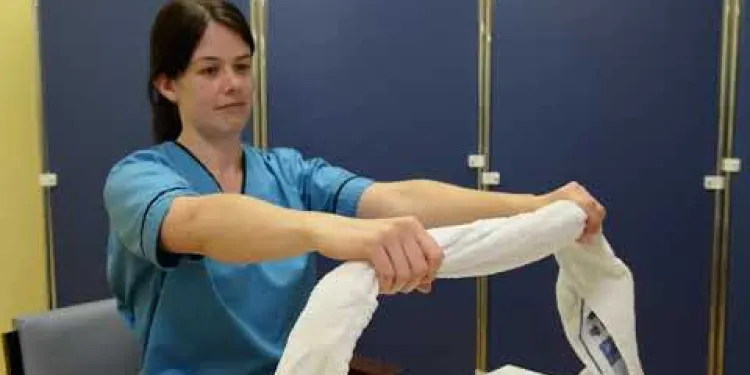
Elbow
Relevance: 38%
-

Tennis Elbow
Relevance: 37%
-
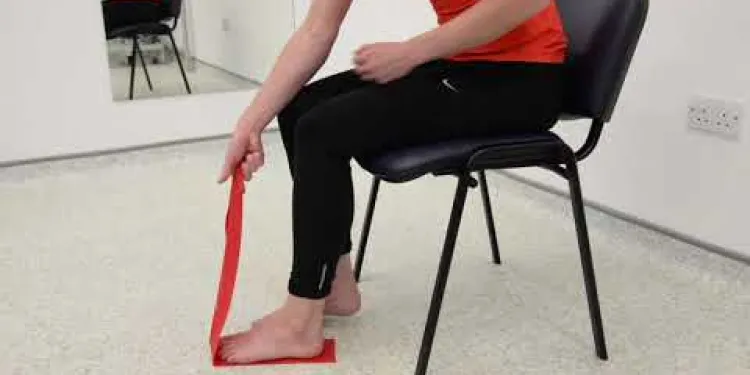
Plantar Fascia Intrinsic Theraband Strengthening Exercise
Relevance: 34%
-
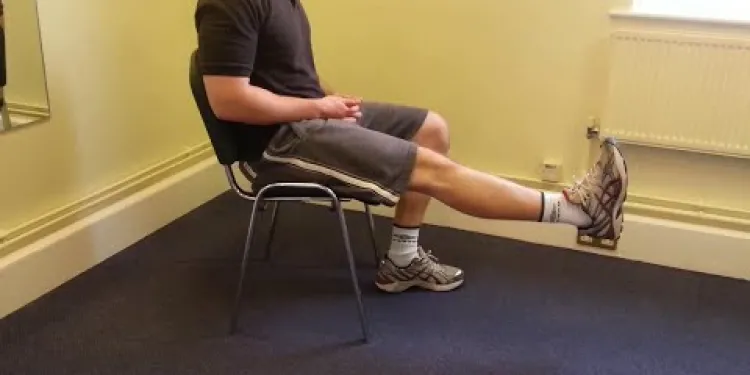
Knee Care Exercises
Relevance: 22%
-

Shoulder Exercises 1
Relevance: 22%
-
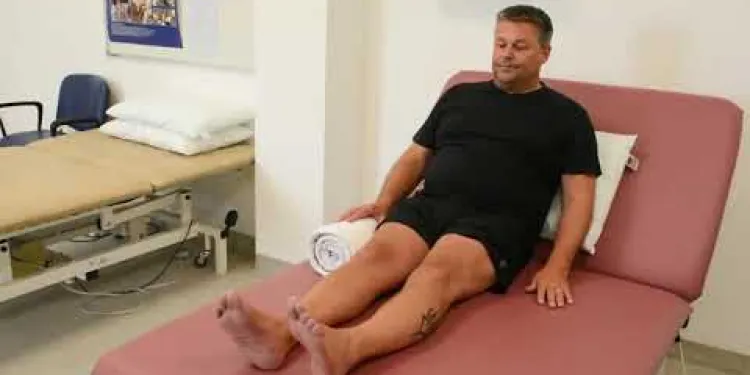
Joint School - Knee Exercises
Relevance: 21%
-

Neck Exercises
Relevance: 21%
-
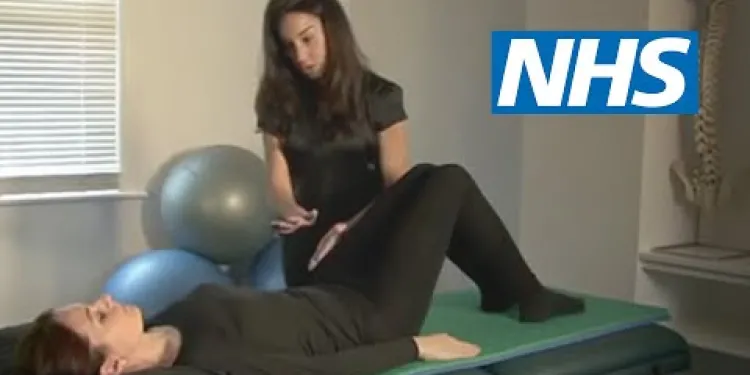
Exercises for sciatica: degenerative disc disease | NHS
Relevance: 21%
-
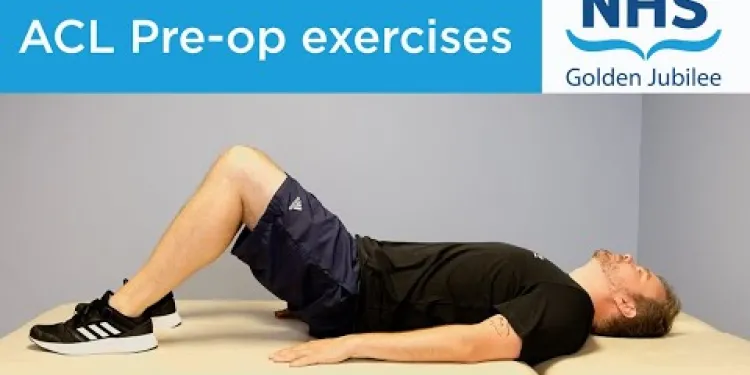
ACL pre-operation exercises
Relevance: 20%
-

Neck Exercises
Relevance: 20%
-
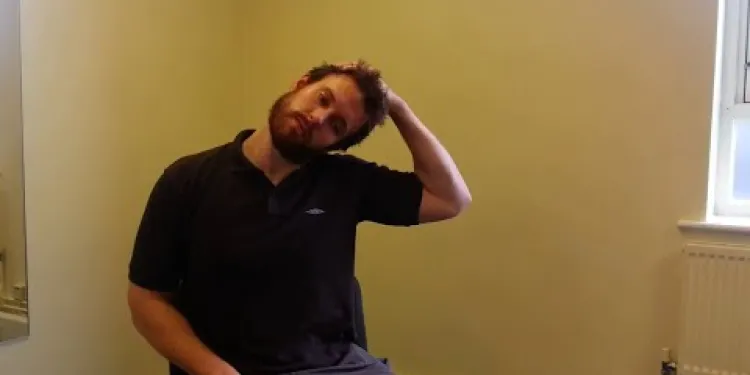
Neck Care Exercises
Relevance: 20%
-
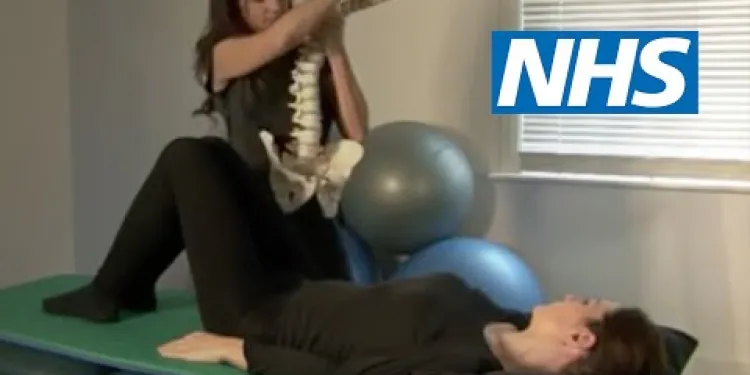
Exercises for sciatica: herniated or slipped disc | NHS
Relevance: 20%
-
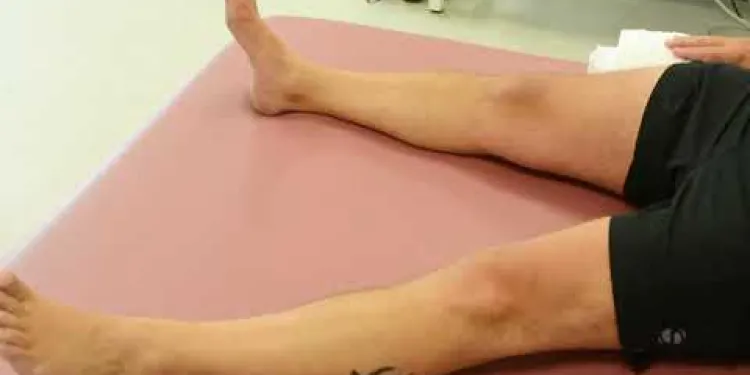
Joint School - Hip Exercises
Relevance: 19%
-
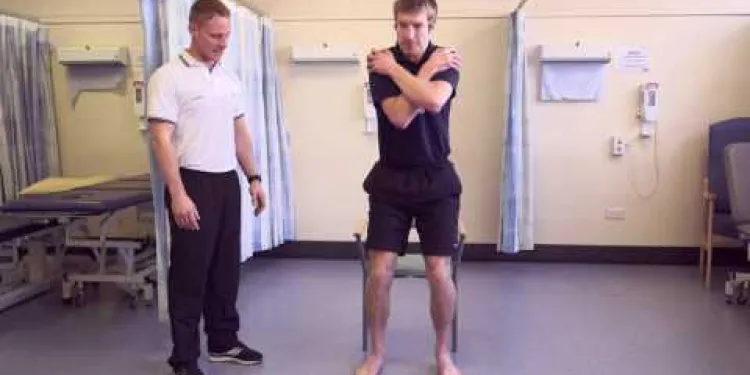
Exercises to help your lateral hip pain
Relevance: 19%
-
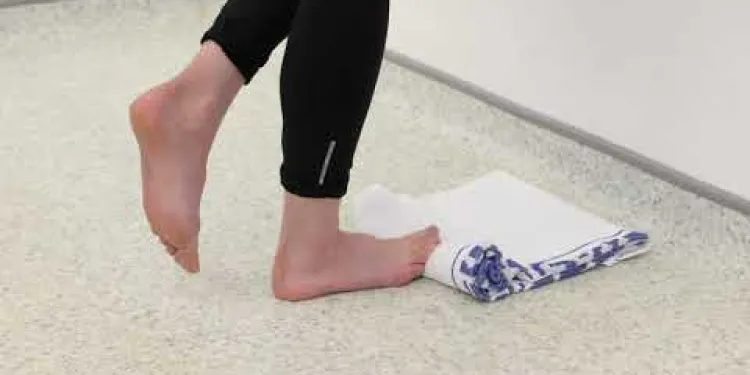
Plantar Fascia Loading Exercise (High Load Exercise)
Relevance: 19%
-

Facial exercise programme
Relevance: 19%
-

Are there specific exercises that can help with Carpal Tunnel Syndrome?
Relevance: 19%
-
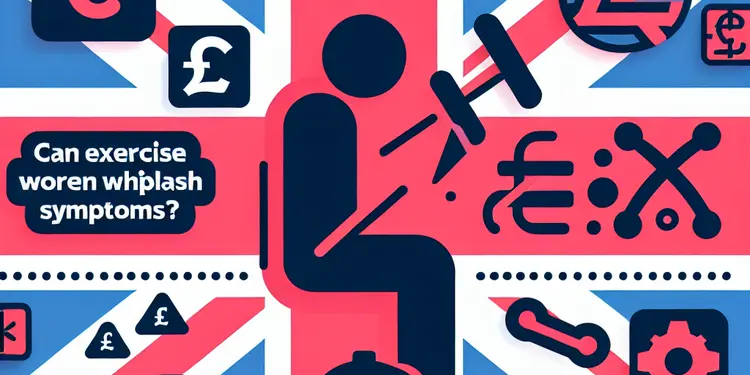
Can exercise worsen whiplash symptoms?
Relevance: 19%
-
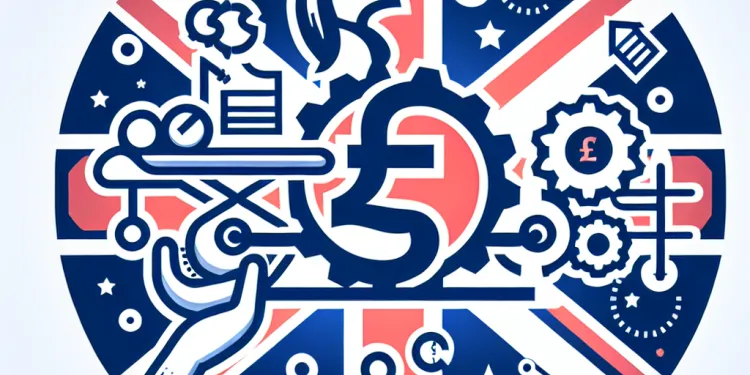
Can exercises help with labor preparation?
Relevance: 18%
-

Exercises for sciatica: piriformis syndrome | NHS
Relevance: 18%
-
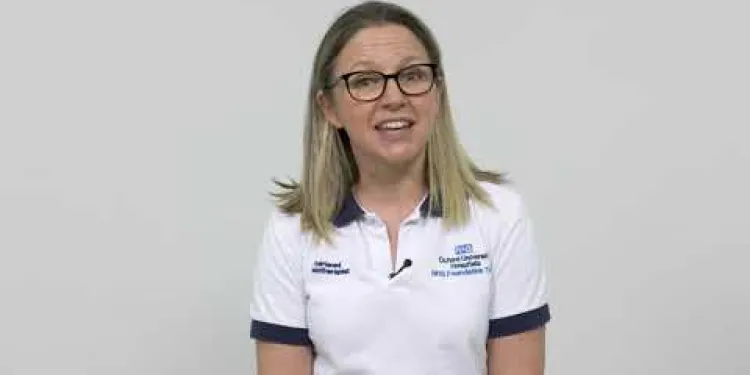
The Pelvic Floor Muscles - Developing an Exercise Programme
Relevance: 18%
-
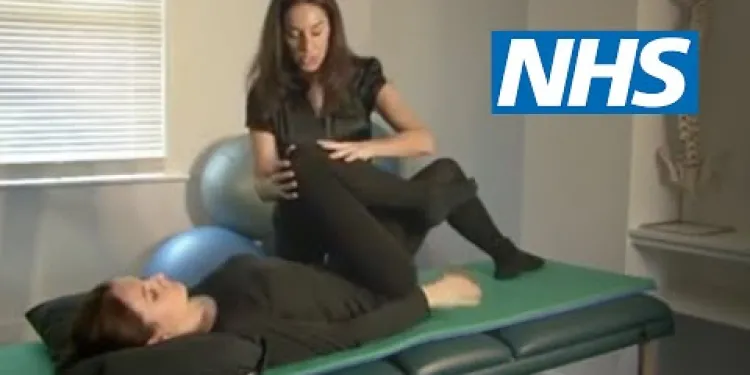
Exercises for sciatica: spinal stenosis | NHS
Relevance: 18%
-

Are there any exercises involved in air physiotherapy?
Relevance: 18%
-

Can I do abdominal exercises during pregnancy?
Relevance: 18%
-
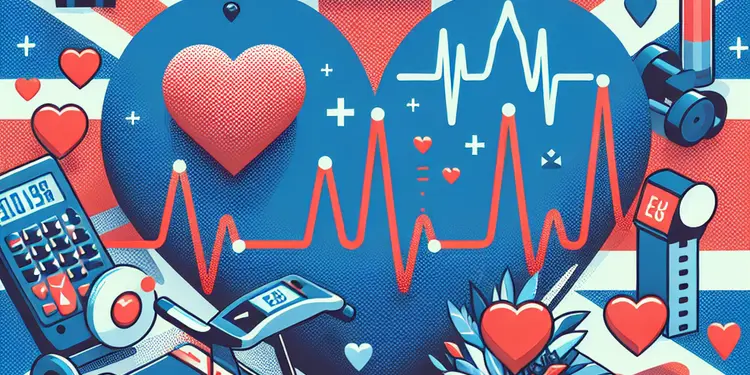
How does exercise impact heart failure?
Relevance: 17%
-
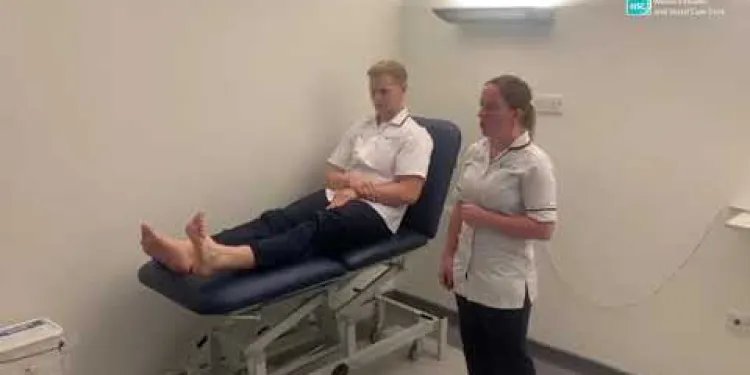
Physiotherapy Exercises following an Ankle Fracture
Relevance: 17%
-
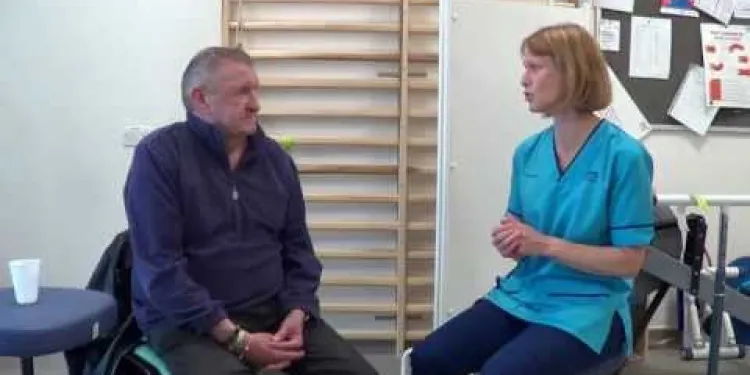
Clearing Your Chest with Breathing Exercises
Relevance: 17%
-

Will I be able to engage in physical exercise?
Relevance: 17%
-

Exercises for sciatica: herniated or slipped disc | NHS
Relevance: 16%
-
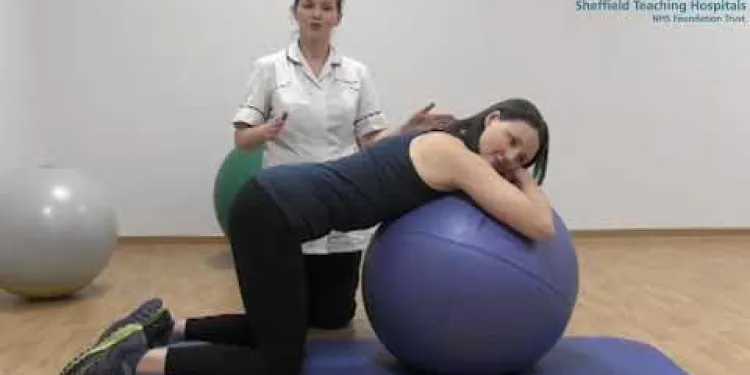
Mat and gym ball exercises with pregnancy related Pelvic Girdle Pain
Relevance: 16%
-

What exercises can I do during pregnancy?
Relevance: 16%
-

UK Banks Strengthen Security Measures Amid Rise in Online Scams
Relevance: 16%
-
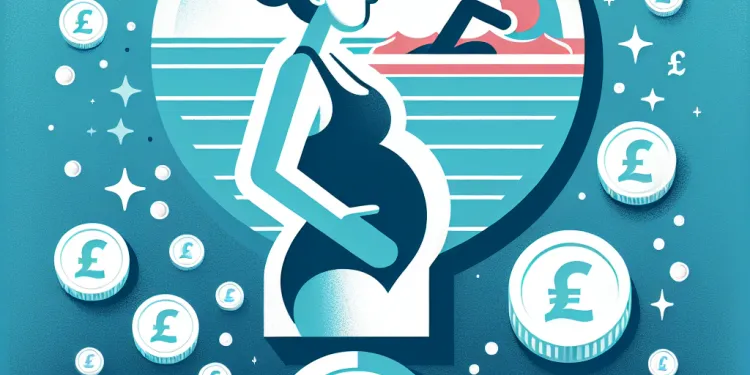
Is swimming a good exercise during pregnancy?
Relevance: 16%
-

Pelvic Floor Exercises - Using Your Pelvic Floor to Calm Down Your Bladder
Relevance: 16%
-
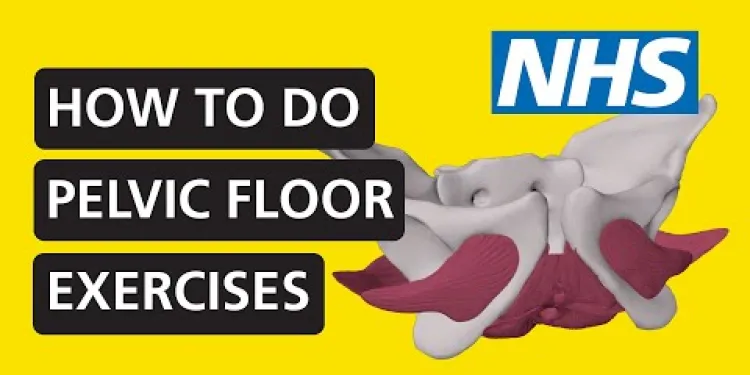
How to do pelvic floor exercises | NHS
Relevance: 15%
-

Exercise in patients with a neuropathy
Relevance: 15%
-

How often should I exercise during pregnancy?
Relevance: 15%
Elbow Eccentric Strengthening Exercise
Introduction to Elbow Eccentric Strengthening
Elbow eccentric strengthening exercises are crucial for those recovering from injuries such as tennis elbow or golfer’s elbow, as well as for athletes looking to improve their overall arm strength. These exercises focus on the controlled lengthening of muscles under tension, which can significantly enhance muscle resilience and repair.Benefits of Eccentric Strengthening for the Elbow
Eccentric exercises provide several benefits, including:- Improved muscle strength and flexibility
- Enhanced tendon and muscle repair
- Reduced risk of further injury
Recommended Exercises
Here are some effective elbow eccentric strengthening exercises:Eccentric Wrist Extension
- Sit down with your forearm resting on a table, palm facing downward.
- Hold a light dumbbell (1-2 kg) in your hand.
- Use your other hand to help raise the weight and then slowly lower it back down in a controlled manner.
- Repeat for 10-15 repetitions, focusing on the controlled lowering phase.
Eccentric Wrist Flexion
- Sit with your forearm resting on a table, palm facing upward.
- Hold a light dumbbell (1-2 kg) in your hand.
- Use your other hand to lift the weight up, and then slowly lower it slowly back down.
- Perform 10-15 controlled repetitions.
Tips for Effective Eccentric Strengthening
For optimal results:- Ensure each movement is slow and controlled.
- Start with lighter weights to minimise strain and gradually increase as you build strength.
- Consistency is key – incorporate these exercises into your regular workout routine.
Conclusion
Incorporating elbow eccentric strengthening exercises into your fitness routine can provide significant benefits in muscle resilience, injury recovery, and overall arm strength. By following the recommended exercises and tips, you can effectively enhance your elbow health and prevent future issues.Elbow Exercise Guide
What is Elbow Strengthening?
These exercises help people who hurt their elbow or want stronger arms. They make muscles stronger by slowly stretching them. This helps the muscles heal and get stronger.Why Do These Exercises?
These exercises can help:- Make muscles strong and flexible
- Heal muscles and tendons
- Stop more injuries from happening
Exercises to Try
Try these exercises for stronger elbows:Wrist Down Exercise
- Sit down and put your arm on a table with your palm down.
- Hold a light weight (1-2 kg) in your hand.
- Use your other hand to help lift the weight up, then slowly lower it down.
- Do this 10-15 times, focusing on lowering the weight slowly.
Wrist Up Exercise
- Sit down and put your arm on a table with your palm up.
- Hold a light weight (1-2 kg) in your hand.
- Use your other hand to lift the weight, then slowly lower it.
- Do this 10-15 times slowly.
Exercise Tips
For best results:- Move slowly and carefully.
- Start with light weights, then use heavier ones as you get stronger.
- Do these exercises regularly.
Final Thoughts
Adding these elbow exercises to your routine can help make your muscles strong, help injured muscles heal, and stop future problems. Follow the exercises and tips for healthy elbows.Frequently Asked Questions
What is eccentric strength training for the elbow?
Eccentric strength training for the elbow focuses on lengthening the muscles while they contract, usually through controlled, slow movements. This type of training can help improve muscle strength and reduce the risk of injury.
Why should I perform elbow eccentric strengthening exercises?
Performing elbow eccentric strengthening exercises can help enhance muscle strength, improve joint stability, and mitigate the risk of tendinitis and other injuries. It's particularly beneficial for people recovering from elbow injuries or those involved in activities requiring strong elbow functions.
How often should I do eccentric elbow exercises?
It is generally recommended to perform eccentric elbow exercises 2-3 times per week. Consistency is key, but be sure to allow enough rest between sessions to facilitate recovery.
What equipment do I need to perform these exercises?
You can perform eccentric elbow strengthening exercises with basic equipment such as dumbbells, resistance bands, or even your body weight. Some exercises may also require an exercise bench or a stable chair.
Can beginners do eccentric elbow strengthening exercises?
Yes, beginners can perform these exercises. It’s important to start with lighter weights or resistance and gradually increase as you build strength and get comfortable with the movements.
Are there any risks associated with eccentric elbow exercises?
While eccentric exercises can be very effective, they also pose a higher risk of muscle soreness and overuse injuries if not done properly. It's essential to follow correct form and avoid overloading the muscles.
Can eccentric exercises help with elbow tendinitis?
Yes, eccentric exercises are commonly recommended for conditions like elbow tendinitis. They help to strengthen the tendons and surrounding muscles, promoting healing and reducing pain.
How do I perform an eccentric bicep curl?
To perform an eccentric bicep curl, start with a dumbbell in your hand, palm facing up. Curl the weight up as you would with a normal bicep curl. Once at the top, slowly lower the weight back down to the starting position, taking about 3-5 seconds to do so.
What is the role of a physical therapist in eccentric elbow training?
A physical therapist can guide proper technique, recommend specific exercises tailored to your needs, and help monitor your progress to prevent injury and maximise benefits.
Is it normal to feel soreness after eccentric elbow exercises?
Yes, it is normal to experience some muscle soreness after performing eccentric exercises, particularly if you are new to this type of workout. However, the soreness should diminish as your muscles adapt to the training.
What are some common eccentric elbow exercises?
Common eccentric elbow exercises include eccentric bicep curls, eccentric tricep dips, and eccentric wrist flexion and extension exercises.
How long does it take to see results from eccentric elbow strengthening?
Most people begin to notice improvements in strength and endurance within 4-6 weeks of consistent training. However, individual results can vary based on factors such as fitness level, consistency, and the specific exercises performed.
Can I combine eccentric elbow exercises with other workouts?
Yes, you can combine eccentric elbow exercises with other strength, cardio, or flexibility workouts. Incorporating a diverse exercise routine can help achieve balanced fitness and prevent overuse injuries.
Do I need to warm up before performing eccentric exercises?
Yes, warming up is crucial before performing any strength-training exercises, including eccentric movements. A proper warm-up increases blood flow to the muscles, reduces the risk of injury, and prepares your body for the workout.
Is it beneficial to include a cool down after eccentric exercises?
Yes, cooling down after your exercise routine helps to reduce muscle stiffness, enhance flexibility, and promote quicker recovery by gradually lowering your heart rate and eliminating any lactic acid buildup.
What is eccentric strength training for the elbow?
Eccentric strength training is a way to make your elbow muscles stronger.
Here is how it works:
- When you lower a weight, your muscles work hard to hold it.
- This makes your muscles stronger.
You can try it with a grown-up to be safe.
Use light weights to start. Try using something like a water bottle. You can also use soft bands that stretch.
This helps your elbow get stronger bit by bit.
If you need help, ask a friend, family, or a teacher.
Eccentric strength training for the elbow helps make muscles strong. It does this by making muscles longer while they work. This uses slow and careful movements. Doing this training can make muscles stronger and stop injuries.
Why do elbow exercises?
Doing special elbow exercises can make your elbow strong. These exercises help your elbow to feel better and work well. They can stop your elbow from hurting.
Here are some ideas to help you:
- Use a video to see how to do the exercises.
- Ask someone to help you with the exercises.
- Do a little bit each day to get stronger.
Doing special elbow exercises can make your muscles stronger. These exercises can also help keep your elbow safe and stop it from getting hurt. They are good for people who hurt their elbow before or do things where they need strong elbows.
How often should I do special elbow exercises?
It is good to do these exercises 3 to 4 times a week.
Rest for a day between exercise days.
Go slow and be gentle to your arm.
If it hurts, stop and ask a doctor.
Using videos or pictures can help you exercise right.
Try to do special elbow exercises 2 or 3 times each week. It's important to keep doing it regularly. Also, make sure to rest your arms in between so they can get better.
What things do I need to do these exercises?
You can make your elbows stronger with simple exercises. You can use things like small weights, stretchy bands, or even just your own body. Sometimes, you might need a bench or a strong chair to sit on.
Can people new to exercise make their arm muscles stronger?
Yes, if you are new to exercise, you can make your arm muscles stronger. Start slowly and use easy ways to exercise your arms.
Here are some tips to help you:
- Ask a grown-up to help you.
- Follow videos made for kids.
- Use light weights or a water bottle.
- Take breaks if you feel tired.
Remember, be safe and have fun!
Yes, beginners can do these exercises. Start with light weights or easy resistance. As you get stronger and feel good with the moves, slowly use heavier weights.
Are there any risks with doing special elbow exercises?
Eccentric exercises can help you get stronger, but they can also make your muscles sore if you don't do them the right way. Be sure to do the exercises correctly and don't push your muscles too hard.
Can special exercises help if my elbow hurts?
Yes, special exercises can help if you have sore elbows. These exercises make your muscles and tendons stronger. When your muscles are stronger, it hurts less, and you get better faster.
How can I do an eccentric bicep curl?
An eccentric bicep curl is a special way to make your arm muscles stronger. Here is how you can do it:
- Hold a weight in each hand. You can use a can of beans if you don't have weights.
- Stand up straight. Your feet should be apart, like the width of your hips.
- Start with your arms by your sides. Your palms should face up.
- Bend your elbows and lift the weights up to your shoulders. This is a normal bicep curl.
- Now, lower the weights slowly. Take your time. Count to 5 while you lower them.
- Do this slowly, so your muscles work hard.
Some helpful things to remember:
- Breathe in and out, nice and steady.
- Use a mirror to check your form if you can.
- Ask someone to watch and help you if you need a hand.
Try these steps and see your bicep muscles get stronger!
To do an easy bicep curl with a slow drop, hold a weight in your hand. Make sure your palm faces up. Lift the weight like you do with a normal bicep curl. When you lift it all the way up, slowly let the weight go back down. Take about 3 to 5 seconds to do this.
What does a physical therapist do to help with elbow exercises?
A physical therapist is someone who helps people move better.
If you have a sore elbow, a physical therapist can show you special exercises to make it stronger.
These exercises can help your elbow feel less sore and more strong. They are called elbow exercises.
The physical therapist will guide you and make sure you do the exercises correctly.
If you want help, you can use tools like videos or pictures to see how to do the exercises.
A physical therapist is someone who helps you do exercises safely. They can show you how to do them right, pick the best exercises for you, and watch how you're doing to keep you safe and help you get better.
Is it okay for my elbow to hurt after exercises?
Yes, feeling sore muscles after certain exercises is normal. This happens if you are trying exercises that are new to you. Over time, your muscles will get used to it, and you won't feel as sore.
To help with muscle soreness, you can try stretching, gentle walking, or using a heat pack. Taking breaks and drinking water can also help your muscles feel better.
Can you show me some common elbow exercises?
Here are some elbow exercises that many people do:
- Bend and straighten your arm slowly.
- Hold a light weight and lower it slowly.
- Push against your other hand gently.
- Stretch your arm out straight.
Take your time with each exercise.
Ask an adult for help if you need it.
There are some exercises that can help make your arm muscles stronger. These are:
- Exercise for the top part of your arm (bicep curls)
- Exercise for the back part of your arm (tricep dips)
- Exercises for your wrist to make it move up and down (flexion and extension)
You can use videos or drawings to see how to do these exercises. An adult can help you too. Moving slowly when you do these exercises is important.
When will I see my elbow getting stronger?
Doing special exercises makes your elbow strong. These exercises are called “eccentric exercises.”
It can take some time to see your muscles get better. Usually, you start seeing changes in about 6 to 12 weeks if you do the exercises regularly.
Remember to:
- Do the exercises the way your teacher or helper showed you.
- Be patient and keep doing them.
- Ask for help if you need it.
You can also use pictures or videos to help understand the exercises better.
Most people start to get stronger and can do more exercise after 4-6 weeks of regular practice. But, results can be different for everyone because things like how fit you are, how often you practice, and what exercises you do can make a difference.
Using a calendar can help remind you to exercise regularly. Watching videos online can show you how to do the exercises correctly. You can also ask a friend to exercise with you for support. Remember to take breaks and drink water.
Can I do elbow exercises with other workouts?
Yes, you can mix elbow exercises with other workouts like strength, running, or stretching. Doing different kinds of exercises helps your body stay strong and prevents getting hurt from doing the same thing too much.
Should I do warm-ups before doing special exercises?
Yes, it is very important to warm up before you start doing exercises that make your muscles strong, like the ones where you lower weights slowly. Warming up helps your blood flow, stops you from getting hurt, and gets your body ready to exercise.
Should you do a cool down after hard exercises?
A cool down means moving your body gently after hard exercises. This helps muscles get better.
Hard exercises are called eccentric exercises. They make your muscles strong but can also make them hurt.
Doing a cool down can help your muscles feel better and not hurt so much.
Here are some tips to cool down:
- Walk slowly for a few minutes.
- Do some gentle stretches.
- Take deep breaths.
Try using apps or videos that show cool down exercises. They can be helpful.
Yes, after you finish exercising, it's good to cool down. This helps your muscles feel better. It also helps your body get ready to rest. Cooling down helps your heart slow down and clears out stuff that makes your muscles sore.
Useful Links
- Ergsy carfully checks the information in the videos we provide here.
- Videos shown by Youtube after a video has completed, have NOT been reviewed by ERGSY.
- To view, click the arrow in centre of video.
- Most of the videos you find here will have subtitles and/or closed captions available.
- You may need to turn these on, and choose your preferred language.
- Go to the video you'd like to watch.
- If closed captions (CC) are available, settings will be visible on the bottom right of the video player.
- To turn on Captions, click settings .
- To turn off Captions, click settings again.
More Items From Ergsy search
-

Elbow Eccentric Strengthening Exercise
Relevance: 100%
-

Eccentric loading forearm extensors (for tennis elbow)
Relevance: 66%
-

Elbow
Relevance: 41%
-

Elbow
Relevance: 38%
-

Tennis Elbow
Relevance: 37%
-

Plantar Fascia Intrinsic Theraband Strengthening Exercise
Relevance: 34%
-

Knee Care Exercises
Relevance: 22%
-

Shoulder Exercises 1
Relevance: 22%
-

Joint School - Knee Exercises
Relevance: 21%
-

Neck Exercises
Relevance: 21%
-

Exercises for sciatica: degenerative disc disease | NHS
Relevance: 21%
-

ACL pre-operation exercises
Relevance: 20%
-

Neck Exercises
Relevance: 20%
-

Neck Care Exercises
Relevance: 20%
-

Exercises for sciatica: herniated or slipped disc | NHS
Relevance: 20%
-

Joint School - Hip Exercises
Relevance: 19%
-

Exercises to help your lateral hip pain
Relevance: 19%
-

Plantar Fascia Loading Exercise (High Load Exercise)
Relevance: 19%
-

Facial exercise programme
Relevance: 19%
-

Are there specific exercises that can help with Carpal Tunnel Syndrome?
Relevance: 19%
-

Can exercise worsen whiplash symptoms?
Relevance: 19%
-

Can exercises help with labor preparation?
Relevance: 18%
-

Exercises for sciatica: piriformis syndrome | NHS
Relevance: 18%
-

The Pelvic Floor Muscles - Developing an Exercise Programme
Relevance: 18%
-

Exercises for sciatica: spinal stenosis | NHS
Relevance: 18%
-

Are there any exercises involved in air physiotherapy?
Relevance: 18%
-

Can I do abdominal exercises during pregnancy?
Relevance: 18%
-

How does exercise impact heart failure?
Relevance: 17%
-

Physiotherapy Exercises following an Ankle Fracture
Relevance: 17%
-

Clearing Your Chest with Breathing Exercises
Relevance: 17%
-

Will I be able to engage in physical exercise?
Relevance: 17%
-

Exercises for sciatica: herniated or slipped disc | NHS
Relevance: 16%
-

Mat and gym ball exercises with pregnancy related Pelvic Girdle Pain
Relevance: 16%
-

What exercises can I do during pregnancy?
Relevance: 16%
-

UK Banks Strengthen Security Measures Amid Rise in Online Scams
Relevance: 16%
-

Is swimming a good exercise during pregnancy?
Relevance: 16%
-

Pelvic Floor Exercises - Using Your Pelvic Floor to Calm Down Your Bladder
Relevance: 16%
-

How to do pelvic floor exercises | NHS
Relevance: 15%
-

Exercise in patients with a neuropathy
Relevance: 15%
-

How often should I exercise during pregnancy?
Relevance: 15%


